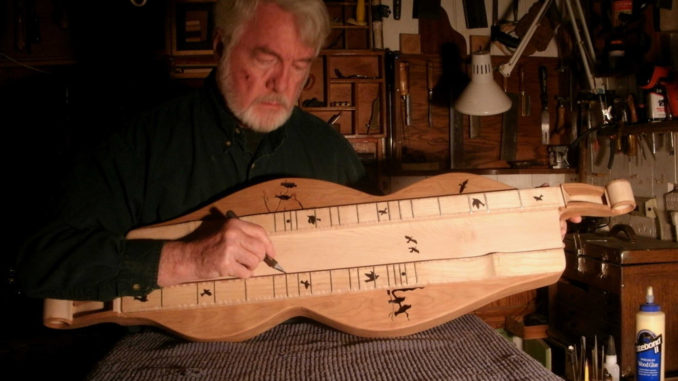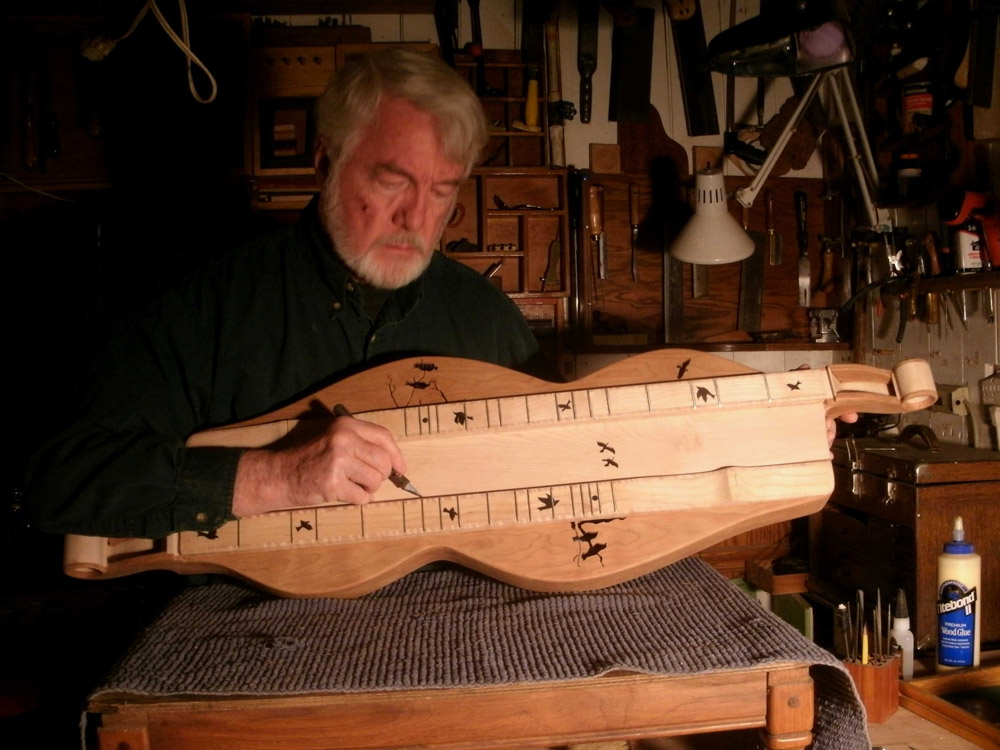
Dulcimers are musical instruments that have been enjoyed for centuries, with their origins dating back to the Appalachian Mountains in the United States. These instruments have a unique sound that is both soothing and uplifting, making them a popular choice for musicians and music enthusiasts alike. If you’re interested in making a dulcimer, one of the most important aspects of the process is selecting the right materials. In this article, we’ll explore some of the best materials to make a dulcimer, as well as their properties and benefits.
Enjoy these free Dulcimer Tabs

What is a Dulcimer Made From?
- Wood
Wood is the most important material when it comes to making a dulcimer, as it affects the sound and resonance of the instrument. The type of wood you choose will depend on your preferences and budget. Some popular choices include:
- Spruce: This wood is commonly used for the soundboard (top) of the dulcimer, as it is strong, lightweight, and produces a bright sound.
- Maple: Maple is a popular choice for the back and sides of the dulcimer, as it is durable and produces a warm, balanced sound.
- Walnut: This wood is often used for the fretboard and tailblock of the dulcimer, as it is hard and dense, making it ideal for supporting the strings.
- Strings
Strings are another crucial component of the dulcimer, as they produce the sound when they are plucked or strummed. There are a variety of materials that can be used for dulcimer strings, each with its own unique sound and feel. Some popular options include:
- Nylon: Nylon strings are affordable, durable, and produce a warm, mellow sound that is well-suited for traditional music.
- Steel: Steel strings are stronger and brighter than nylon strings, making them ideal for more contemporary music styles.
- Phosphor bronze: These strings have a warm, rich tone that is well-suited for fingerstyle playing.
- Hardware
The hardware of a dulcimer includes the tuning pegs, bridge, and frets. These components are important for ensuring that the dulcimer produces the desired sound and stays in tune. Some popular hardware materials include:
- Brass: Brass tuning pegs are durable and produce a bright, clear sound.
- Ebony: Ebony is a popular choice for dulcimer bridges and fretboards, as it is dense and produces a bright, clear tone.
- Bone: Bone is a durable and affordable option for dulcimer bridges and nuts, and produces a warm, mellow sound.
- Adhesives
Adhesives are important for keeping the various components of the dulcimer together, such as attaching the soundboard to the body or attaching the frets to the fretboard. Some popular adhesive options include:
- Titebond: Titebond is a popular choice for woodworking projects, as it dries clear and provides a strong bond.
- Hide glue: Hide glue is a traditional adhesive that has been used for centuries in woodworking. It produces a strong bond and can be easily reversed if needed.
- Epoxy: Epoxy is a strong and durable adhesive that can be used for a variety of materials, including wood and metal.
In conclusion, selecting the right materials is crucial for making a high-quality dulcimer that produces the desired sound. By choosing the right wood, strings, hardware, and adhesives, you can create an instrument that is both beautiful and functional. Whether you’re a seasoned musician or just starting out, building your own dulcimer can be a rewarding and enjoyable experience.
More Dulcimer Articles
Finger Positions on Mountain Dulcimer
Dulcimer Clubs and Groups USA
What is a Duclimer?
Dulcimer Makers and Manufacturers
Contemporary Dulcimer Makers
